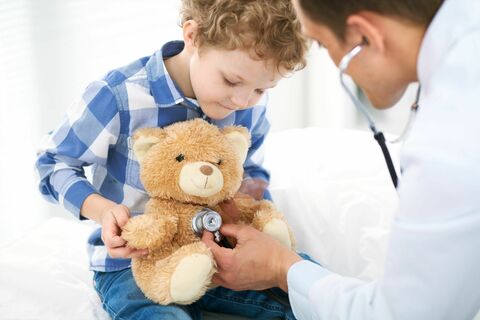
Better therapies and chances of recovery
Today, four out of five children and adolescents with cancer are successfully treated and cured of their cancer. Even though the chances of survival have improved thanks to medical advances, one in five children still dies of cancer and many of the survivors suffer from the late effects of the disease and therapy. Because the types of cancer children and adolescents develop are different from those contracted by adults, they need research which is specifically tailored to their needs. Childhood Cancer Switzerland supports research so that therapies can be further improved to cure even more children and keep late effects to a minimum.
Alongside the financial support of our member organisations that carry out research in the area of childhood cancer, Childhood Cancer Switzerland also co-funded the following clinical and epidemiological research projects in 2021:
Therapy optimisation trial for the treatment of acute myeloid leukaemia
Acute myeloid leukaemia (AML) is a rare type of blood cancer in children and adolescents Without therapy, AML leads to serious diseases and organ dysfunction with a fatal outcome. The aim of MyeChild 01 is to improve the treatment and chances of recovery of AML patients. More information here.
Trial: Health after childhood cancer – The Swiss Childhood Cancer Survivor Study (SCCSS)
The SCCSS is a nationally and internationally unique cohort study that systematically researches the late effects of childhood cancer and their risk factors. The knowledge gained will help to improve the treatment, follow-up and quality of life of former and future patients. More information here.
Therapy optimisation trial for the treatment of non-Hodgkin lymphomas
Non-Hodgkin lymphomas (NHL) are the fourth most common childhood cancer and are almost always malignant in this age group. The aim of the LBL 2018 study is to improve recovery rates and prevent the occurrence of relapses (recurrences). More information here.